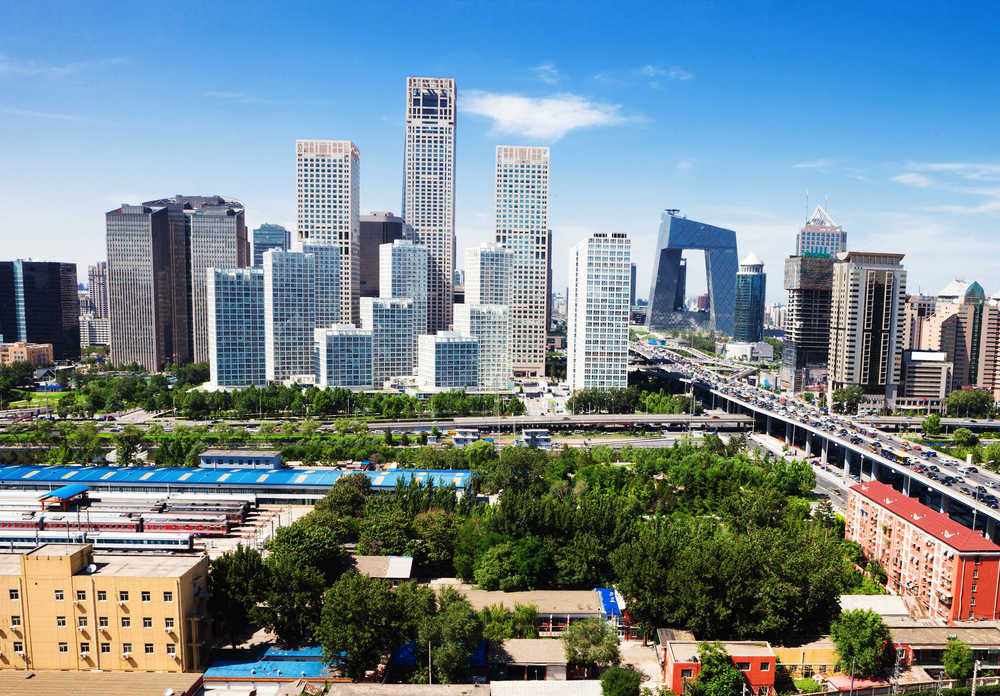Beijing SOE Policy: “Grasping the Large and Letting the Small Go”

Please note that we are not authorised to provide any investment advice. The content on this page is for information purposes only.
In the past two decades, China’s state-owned sector has experienced drastic reforms. Paradoxically, today the largest companies are increasingly productive, yet most remain state-owned.
In early summer, President Xi Jinping called on officials to deepen reform of state-owned enterprises. China would strengthen the “party’s leading role in supervising” these enterprises through anti-graft inspections and public scrutiny.
In the past two decades, China’s state-owned sector has experienced drastic reforms. Paradoxically, today the largest companies are increasingly productive, yet most remain state-owned.
In early summer, President Xi Jinping called on officials to deepen reform of state-owned enterprises. China would strengthen the “party’s leading role in supervising” these enterprises through anti-graft inspections and public scrutiny.
However, the devil is in the details. There are sound reasons for the Chinese preference for pragmatic, gradual change in the reform of its state-owned sector, where intervention is still needed.
Neither Mao nor markets, but Deng
In the 1990s, Western “shock therapy” advisers promoted the rapid privatization of state-owned companies to maximize productivity benefits. In Boris Yeltsin’s Russia, the advice was taken seriously. The net effect was an economic disaster that still suppresses Russia’s growth potential.
In China, the shock therapists’ advice was ignored. Instead, reformers have favored incremental change. In the process, the share of state-owned enterprises in industrial output declined from 75 percent in the late 1970s to 25 percent today. The net effect has been an economic success that is widely studied in most emerging economies.
According to market prophets, China’s industrial revolution reflects the triumph of “markets over Mao,” as the veteran analyst Nicholas Lardy titled his recent book. In this view, it is privatization that has fuelled productivity at successful state-owned firms, while the closure of the loss-making ones has unleashed resources that were then more profitably employed by private firms.
According to the statist advocates, however, China’s industrial revolution succeeded not because of privatization but because state-owned firms remained under state overview.
In reality, neither markets nor Mao has triumphed, but Deng Xiaoping has. Much of Chinese success in the reform of state-owned enterprises can be attributed to pragmatic gradualism.
Intriguing lessons of Chinese SOE privatization
In the past two decades, the policy of “grasping the large and letting the small go” has been evident in Beijing’s efforts to corporatize state-owned enterprises and downsize the state sector. The first part of that policy has underscored continued state control over the largest state-owned firms; the second part has enabled the central government to relinquish control over the smaller ones. In practice, that has allowed local governments to restructure and privatize firms, and to shut them down.
In a recent paper, Chang-Tai Hsieh and Zheng Song focused on aggregate growth in the industrial sector between 1998 and 2007. They showed that it was the surviving state-owned enterprises’ reforms that accounted for the greatest growth boost (over 13 percent). The release of labor and other resources into the more productive private sector made the lowest contribution to growth (3.2 percent).
The Chinese state-owned enterprise experience offers many lessons. One is that simplistic views (“either market or the state”) are not helpful in understanding the impact of reform of the sector. Details matter. Another is that state ownership as such does not account for the success or failure of these enterprises. What is far more meaningful is the nature, pace and direction of reforms in the sector. Execution counts.
A balancing act
When Xi spoke about reforms of the state-owned enterprises in June, he stressed the party’s power to appoint and remove personnel, while warning against the loss of state assets in privatization. Neither statement is aligned with the recommendations of the market advocates. However, both views reflect the same pragmatic reforms that were initiated by Deng in the 1980s.
While market advocates like to emphasize that Beijing’s “state intervention” is not likely to boost growth, they may miss the point. In the past, Beijing’s primary objective was economic growth. However, that is not the case anymore. Today, the emphasis is on the growth of per capita income.
The time for comprehensive reforms is already looming. If needed, the central government may move to that direction even faster than anticipated.
Pragmatic, Gradual Privatization of Chinese State-Owned Enterprises is republished with permission from The Difference Group




